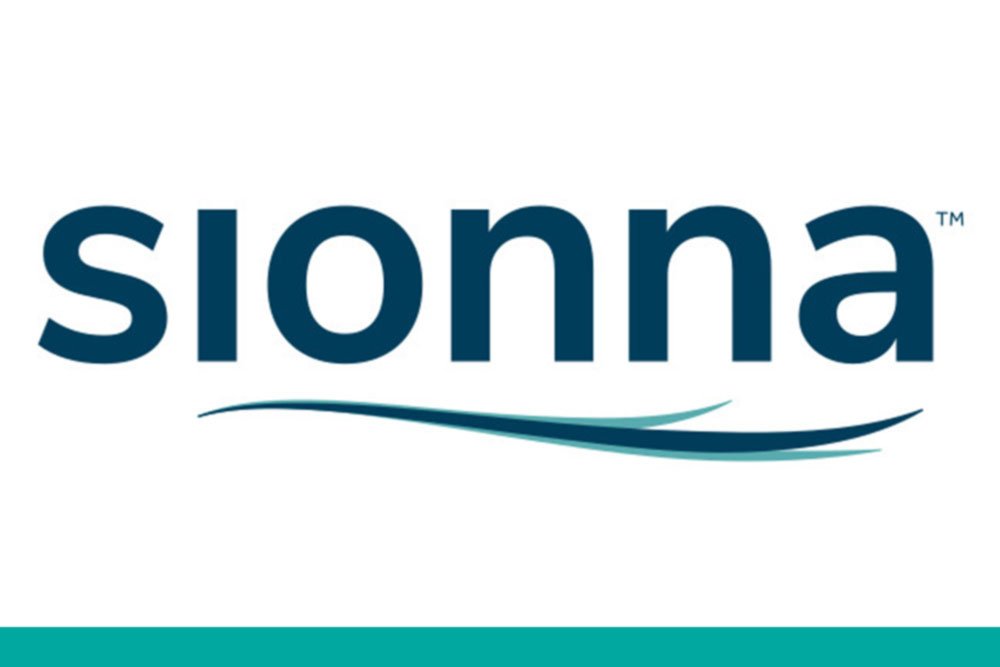Announcing Sionna: When it comes to Cystic Fibrosis, “good enough” isn’t good enough
By Josh Resnick
Josh Resnick, MD, is a Managing Director at RA Capital Management. He leads early-stage private investments and oversees the creation of new companies developing drugs, medical devices, diagnostics, and research tools.
April 19, 2022
As an Emergency Physician at a busy urban hospital, I’ve grown accustomed to navigating tragedy. In quiet moments, the particularly tough cases come back to me. One such case took place nearly two decades ago, when I was a third-year resident in the Emergency Department at Massachusetts General Hospital.
A 19-year-old boy – let’s call him Chris – was brought in by his family in severe respiratory distress. He had end-stage cystic fibrosis (CF), a debilitating orphan disease that causes thick, sticky mucus to build up in the lungs. As soon as he turned 18, he chose to sign a “DNR” (“do not resuscitate”) order, deciding that he didn’t want to prolong the inevitable and preferred to die at home. His family supported his decision, but they were not prepared for the messiness and emotional trauma of the end – the discomfort of being unable to breathe, the waxing and waning consciousness, the fear.
While Chris was quite chronically ill, he had been stable with his CF until about a week before. But he went out with some friends and caught a cold that progressed to severe and now terminal respiratory distress. On arrival, he was fading quickly and the family insisted they wanted “everything” done. Since we didn’t have his DNR order in our system, the family didn’t bring it with them, and he was too confused to speak for himself, we had no choice but to proceed according to the family’s wishes. As we were setting up for intubation, Chris had a moment of lucidity, saw what we were doing, and quite clearly said “I don’t want that. Let me go.” At that moment, my obligations flipped to making him comfortable and helping ease Chris’s (and his family’s) transition to death. I talked them through his decision and sat with them and cried with them as he faded over the next 30 minutes and died.
After that experience, I read up on CF care in the United States and learned how tragically variable it could be. This was in the days prior to the development of any specific CF treatment, when the best we had was “supportive care.” If you were a patient cared for at a major center, you learned maneuvers like how to produce a truly effective cough that would clear the accumulated lung secretions that cause much of CF’s morbidity and mortality. Patients at these centers routinely lived into adulthood. However, if you weren’t seen at one of these centers - like Chris, who had received his care at a low-volume center in central Massachusetts - outcomes were not nearly as good.
Fast forward to November 2019. NIH Director Francis Collins breaks out a guitar and sings onstage at a conference. The occasion? The approval of Trikafta, Vertex’s field-transforming triple-combination therapy for CF, now accessible to the ninety percent of all CF patients who share a mutation in a gene that causes a protein called CFTR to misfold. Since Trikafta’s debut, these patients have seen drastic improvements in lung capacity and quality of life.
Trikafta is an excellent drug – indeed, it is one of the great success stories of small-molecule therapeutics. However, it’s a band-aid, not a cure. The twice-daily oral therapy is made up of three different molecules that help cells compensate for the most prevalent mutation in CF, known as delta F508. But the drug does not bind directly to the misfolded region of the protein. CF patients on earlier versions of Trikafta’s components still exhibit an accelerated rate of decline in lung function that continues to worsen over time. This worries physicians, who predict that patients will be burdened by declining lung function even as their life expectancy improves, eventually leading to substandard quality of life.
Some might consider Trikafta’s gains to be “good enough” for CF patients. But I think we can do better. Over the past couple of years, I’ve become convinced that full correction of the CFTR protein is both within sight and necessary to achieve optimal clinical benefit. And that’s why we’re so excited to introduce the world to Sionna.
Sionna is a new company incubated by RA Capital and led by CEO Mike Cloonan that emerges from stealth today. Their seasoned R&D team has targeted the delta F508 mutation head-on via a novel mechanism of action. And, if all goes well, we believe that this technology could lead to efficacy we may not have thought possible for CF patients.
What’s different about Sionna’s approach?
Sionna has solved a maddening problem. The delta F508 mutation is located in the first nucleotide binding domain (NBD1) region of the CFTR protein, a region long considered the “holy grail” of CFTR correction. It’s logical to assume that if a small molecule drug could be designed to interact precisely with this mutated region, the protein’s resulting assembly and instability issues could be repaired at their root. NBD is a BFD. But no CFTR correctors or potentiators that exist today interact directly with this region. Why not?
Despite decades of research, NBD1 has proven nearly impossible to bind with any degree of potency. In 2015, a team of Pfizer scientists published an account of their rigorous but ultimately unsuccessful attempts, commenting, “Although these results cannot prove that there is no possibility of finding a high-affinity small molecule binder of NBD1, they are discouraging and lead us to hypothesize that the nature of [our studied NBD1 binding sites], and isolated NBD1 itself, may not contain the features needed to build high-affinity interactions.”
But that doesn’t mean it’s impossible. And we think Sionna’s R&D team has cracked the code. While inside a large pharma company (and with the support of the CF Foundation), the team focused on this program spent nearly a decade and tens of millions of dollars to work on the problem, applying creativity, experience, and brute force to the challenge. And they weren’t willing to let their work wither on the vine after hearing about an upcoming R&D pipeline reprioritization. That's where RA's incubator, RAVen, came in. We spun the program out of the pharma, put resources and an executive team around it, and provided a landing pad for the exceptional scientists from the pharma who were passionate about the program.
What’s next for Sionna?
Right now, Sionna is developing NBD1-targeting compounds to test on top of standard-of-care therapies like Trikafta and to bundle into a wholly-owned combination therapy that can compete directly with Vertex’s drugs.
Results so far are promising. In the CF field’s gold-standard in vitro assay, performed on human bronchial epithelial cells, Sionna’s lead compound, both on top of Trikafta and as part of Sionna’s proprietary triple combination, shows superior efficacy. Upcoming compounds in the pipeline show compelling potential to restore normal levels of CFTR activity and drive toward best-in-class efficacy for patients.
In order to believe in Sionna, you have to believe that there’s physiological room for improvement on top of Trikafta. We do. The CFTR protein’s role is to regulate salt movement in and out of cells, so the most direct way to measure CFTR function in patients is by measuring sweat chloride levels. Patients without CF have sweat chloride levels of 30 mM or less, while in CF patients with one delta F508 and one minimal function mutation, levels rise to 90-100 mM. Trikafta only lowers sweat chloride levels by 40-50 mM in delta F508 patients, so we predict that there is room for additional improvement before patients are restored to normal levels. Reducing sweat chloride levels is widely understood to correlate with improvement in forced expiratory volume (FEV1), the main measure of lung function used by CF patients and doctors. Trikafta improves FEV1 by ~13.5%, so Sionna hopes to see an even greater improvement.
CF patients deserve options for their care, and just because there’s already something great on the table doesn’t mean scientists should stop striving for better. Competition is flourishing among companies aiming to address the needs of the 10% of patients who don’t benefit from Trikafta, and we’re excited to help keep the competitive spirit alive to spur more therapies that will help the 90% who do. And we hope that someday soon, Sionna will give the world something even better to sing about.
Please click here for important RA Capital disclosures.





